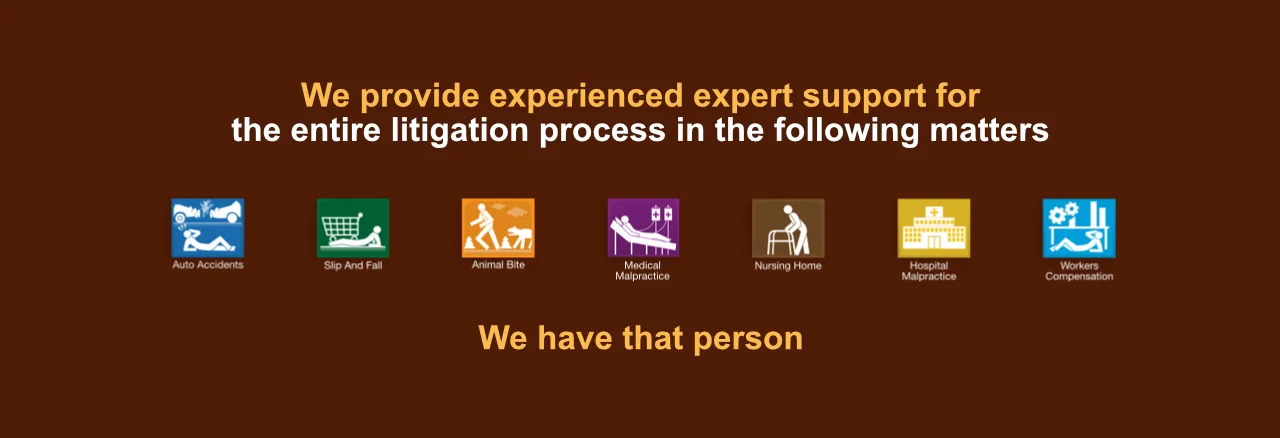Research in the field of new drug development is operating at all time highs. Hedge Funds primarily as well as more aggressive types of Investment and Capital Funds secondarily are not just holding and preserving wealth but are actively investing in the market. But also so do individual investors want to try their hand in picking the next blockbuster drug of late. Drugs are not only one of the largest segments of the market right now but they also have the advantage of literally blowing up to higher numbers in shorter periods of time than other sectors. After all, if a drug can help treat a patient it is brought to market as fast as possible and used by the medical profession. It is the practice of investment funds to get research on the drugs being tested of course. But a big field of knowledge about the drug, which could potentially make a stock purchase less risky lies in the clinical use of the drug after approval. Most firms are not getting as much information on this aspect of the drug and then end up losing sizeable chunks of invested money.
All new drugs have to be tested by the Food and Drug Administration ("FDA"). The pharmaceutical company files an application with the FDA and pays a fee to have the drug tested. The drug is tested in three phases leading up to approval. In essence, in Phase 1 the testing is done to see if the drug does what it claims to do. In Phase 2 the drugs actions are studied deeper and unwanted effects noted. In Phase 3 clinical testing is done on Humans to see if the drug does what it purports to do and has an acceptable safety profile. If the drug passes all phases the FDA will approve it. The FDA does have the power to mandate how the drug will be used which means it could enlarge or restrict the use after testing. It can also mandate a Black Box warning which is ordered when a certain problem with the drug is noted, which can be avoided by the Warning without having to entirely refuse passage of the drug. For example, if a drug can cure breast cancer but has some other very serious side effect in patients with breast cancer who also have Diabetes then the Box Warning would say simply that. Phase 4 is the Aftermarket time frame when an approved drug is still required to report to the FDA any type of issue that may come up with the drug after formal testing. Drugs can be pulled here by the FDA too.
The big areas for drugs are those areas where there is a large market potential for the drug. For example, any drug that has wide application to baby boomers has a vast potential. Such drugs tend to be those that deal with Cancer, Depression, Arthritis, GI Problems and Heart Disease. Potential blockbusters also exist for Arthritis, Pain and Infection. Manufacturers who develop a drug that treats constipation effectively in seniors and in Oxycodone users will do very well. The same is true for development of a pain medicine that is not addicting and for an antibiotic which cannot be resisted by germs. These are monumental medical problems today and will get much bigger very soon. But how does one know which drug to bet on when there are more than one in a class? The answer is that one can never know for sure but having good research on the biochemistry and its profile is only half the equation. It is also important to know what drug will attract doctors to its clinical use and why. This knowledge increases your odds and there are many subtle methods to discover the answer. But this takes the assistance of someone proficient in both Biochemistry and Clinical Medicine and not just a Ph.D. researcher.
I will discuss further topics related to Clinical Research in Pharmaceutical investing going forward.


